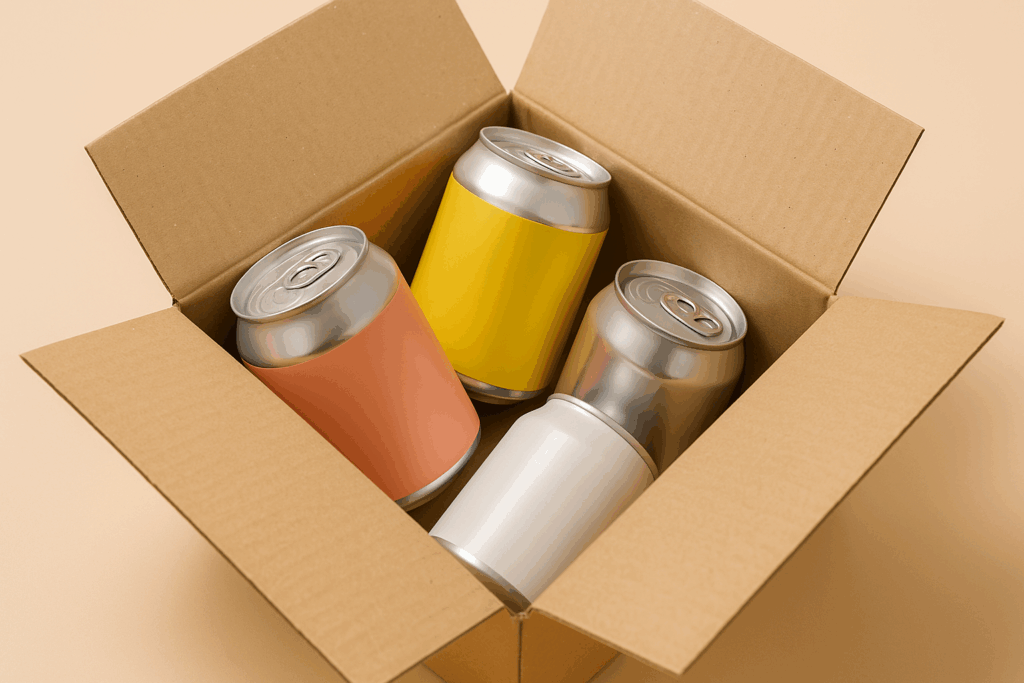In today’s restaurant scene, great food and friendly service are just the starting point. What makes customers come back is the sense of connection, a personalized touch, and experiences that feel genuine and memorable.
This is where a smart and strategic restaurant marketing makes a difference. It’s not just about filling seats on a Friday night but it’s about turning first-timers into regulars and regulars into loyal customers who spread the word.
In this blog, we’re diving into practical marketing ideas that actually help restaurants build long-term relationships with their guests. We’ll start with something foundational, which is your digital presence and why it matters more than you might think.
Establish a Presence on Multiple Online Platforms
People don’t just look up a restaurant, they scan reviews, browse photos, check menus, and compare options before making a decision. If your restaurant doesn’t show up where they’re searching, they’re likely heading to someone else’s table instead of yours.
That’s why it’s crucial to claim your space across multiple online platforms. It’s not just about visibility but it’s about controlling how your brand shows up. According to Business.com, using multiple social media accounts helps restaurants tailor content, reach diverse audiences, and increase visibility in a digital-first market.
Start by creating or optimizing your business profiles on the platforms your customers use the most:
- Google Business Profile (a must!)
- Yelp
- OpenTable
- TripAdvisor
Improve Your Website with SEO Best Practices
Even if customers find you on social media or Google Maps, your website is still where serious diners go to validate your brand. It should feel as inviting and high-quality as your dining room.
Yet many hospitality businesses treat their websites as an afterthought. Poor mobile usability, outdated menus and sluggish loading times create friction and lost bookings.
Below are the things to do to optimize your website for SEO and conversion:
- Use local keywords like “family-friendly Italian restaurant in [city]”.
- Implement structured data (schema) so menus, reviews, and hours show up in search.
- Ensure fast load times and responsive design for mobile visitors.
- Add calls-to-action such as “Book a Table”, “Order Now,” or “Subscribe for more Offers”.
Additionally, SEO doesn’t stop at content. Technical SEO like image compression, metadata, and internal linking can also boost discoverability and having an easily editable CMS ensures your menu, seasonal specials, and events are always current.
Share Consistent and Engaging Social Media Content
Social media isn’t just a place to post your promotional content, it’s where your brand’s personality comes to life. It’s where your restaurant gets to tell its story, build a vibe and connect with people who could become your customers.
Below are some content ideas that tend to hit the mark:
- Short-form videos of moments in the kitchen or during prep
- Meet-the-team posts that spotlight staff and chefs
- Reposts of user-generated content from happy guests
- Teasers for seasonal menus or limited-time offers
- Interactive Stories like polls, countdowns, and quick quizzes
Make Email Marketing Work Harder for You
Social media is a useful platform for marketing, but let’s face it, you don’t own those sites. Your reach could completely collapse with a single algorithm tweak. Email is still one of the most strategic tools in your marketing toolkit. A direct path to the people who genuinely want to hear from you, without any intermediaries or guessing.
The problem is that email only works if it seems intimate. No one wants to receive another uninteresting promotional email.
Here’s how to level up your email marketing strategy:
- Break your list into segments like first-timers vs. repeat guests.
- Personalize your subject lines and content (hint: mention their last order or favorite dish).
- Time your emails strategically (think weekend brunch promos, birthday treats, or holiday offers).
- Add clear and simple CTAs like “Book Your Table,” “Try Our New Dish,” or “Claim Your Reward”.
Make Your Online Menu a Conversion Tool
Your menu is often the first thing customers see about your restaurant and it’s more than just a list of the food you serve. If your menu appears cluttered, outdated or not mobile-friendly, potential customers may decide not to dine in your restaurant at all.
Consider your online menu to be your virtual salesman. The design should be action-oriented, visually appealing and simple to navigate. A mobile-friendly interface with readable fonts and clickable sections, attractive photographs, concise dish descriptions and pricing are all components of a high-performing menu.
Easy-to-use buttons for placing orders or booking reservations should also be included. If your offers are subject to frequent changes such as weekly specials or seasonal items, keep your menu updated promptly and avoid PDFs, which are difficult to view on phones and don’t support SEO.
Use Geo-Targeted Ads to Reach Local Diners
Why spend money showing your lunch special to someone miles away when you can reach the people who are nearby and hungry? That’s the beauty of geo-targeted ads, they let you focus your marketing on the exact customers who are most likely to walk through your doors.
With tools like Google Ads, Facebook, and Instagram, you can reach:
- People within a short walk or drive from your restaurant
- Locals searching things like “best tacos near me” or “Italian food in [neighborhood]”
- Event-goers nearby who might be looking for a bite afterward
- Tourists staying in hotels just down the street
Offer Online Ordering and Delivery
If you’re not offering online ordering or delivery, you’re leaving money on the table. Whether you use your own system or plug into third-party platforms like Uber Eats or DoorDash, making it easy to order is no longer optional, it’s essential.
Make sure your ordering process is quick, mobile-friendly, and represents your brand to provide a flawless experience. By providing incentives like reward points or reduced costs, you can attract clients to place orders straight from your website. By informing clients of the precise moment of their meal delivery, real-time tracking contributes to the development of confidence.
To prevent misunderstanding, it’s also critical to maintain your menu updated and synchronized across all platforms. Customers are more inclined to return for more orders if they find it easy to place them.
Stay On Top of Reviews and Own the Conversation
People are talking about your restaurant online whether you’re listening or not. Reviews are one of the most powerful forms of modern word-of-mouth, shaping first impressions and influencing decisions before a guest ever walks through your door.
Responding to either good or bad reviews shows that you care. It builds credibility, boosts your local SEO, and helps you stay connected to your community.
Here’s how to stay on top of it:
- Make a business claim on Facebook, Yelp, TripAdvisor, and Google.
- Set up notifications to be the first to know when someone posts.
- Express gratitude to satisfied clients and address grievances with empathy and professionalism.
- Utilize feedback trends to improve service or even your food.
Launch a Customer Loyalty Program
Your secret weapon may be a strong loyalty program that encourages customers to return and spend more money when they do. It goes beyond simply offering freebies.
Here’s how to make your loyalty program stand out:
- Give incentives that people genuinely value, such as complimentary appetizers, birthday sweets, or first dibs on new menu items.
- For smooth tracking, integrate it with your POS system or use easy-to-use solutions like digital punch card apps.
- Customize prizes according to a visitor’s frequency of visit or typical order.
- Spread the word about it via emails, social media posts, your website, and in-store signage.
Create Dishes That Are Made to Be Shared (Literally)
Let’s be real, if your food looks Instagram-worthy, it’s getting posted. In the age of Instagram and TikTok, your plate is more than just a meal, it’s a marketing moment that should not be overlooked. And while taste is king, visual appeal is what gets people talking (and tagging).
So, how do you make your dishes camera-ready without compromising your brand?
- Consider color, texture, and presentation
- Use unique plating, branded items, or playful garnishes that pop on camera
- Add a few “feature” dishes designed to spark shares like towering burgers, rainbow cocktails, or tableside finishes
- Encourage guests to post by promoting branded hashtags, tagging incentives, or even a simple “Snap & Share” sign at the table
When your food becomes the star of someone’s feed, you’re not just serving a meal but you’re getting organic exposure to all their followers.
Restaurant Marketing That Creates Loyalty, Not Just Buzz
Creating an experience that encourages customers to return, recommend, and share is more important than simply drawing attention to your business. Every interaction, from the initial Google search to the last bite, offers an opportunity to strengthen brand identity and customer loyalty.
These techniques will help you stand out in a competitive industry and create long-term value through recurring business, whether you’re introducing a new idea or reviving an old brand.
Are you prepared to use a brand-first marketing strategy to make your restaurant a neighborhood favorite? Together, let’s create a long-lasting hospitality marketing plan. Contact us for a customized consultation.





